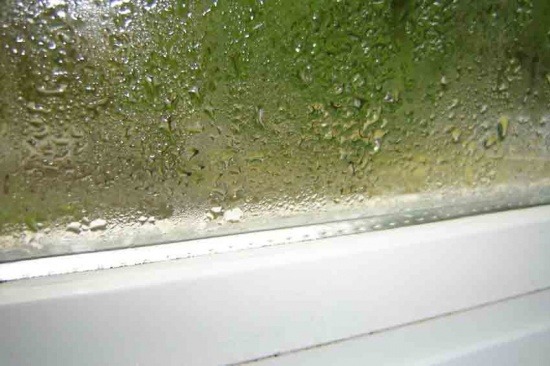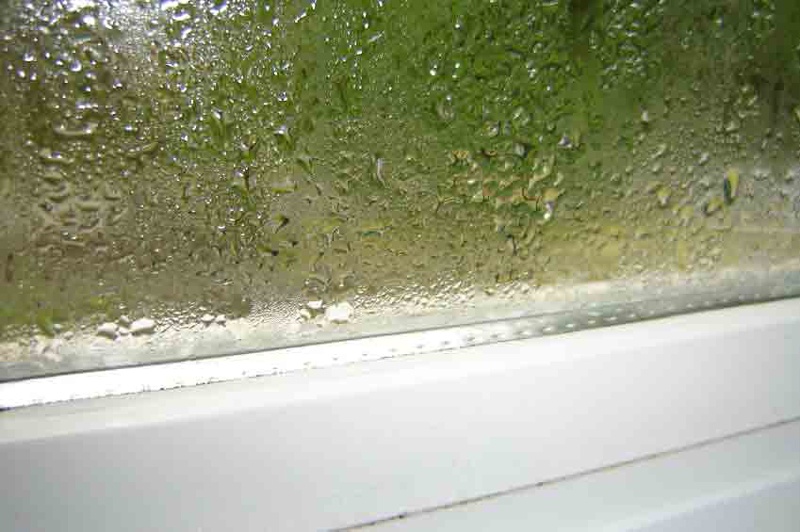MENU



Have you ever woken up in the morning and taken a look at your windows, only to see condensation building up in the corners? Perhaps there’s always a little moisture between your window panes, leading to mold growth and the development of rot. Window condensation is a common problem among Dayton home owners, and it’s not one you should ignore. Let these four facts about condensation guide you as you explore solutions.
1. Sweaty windows can indicate high humidity.
If you primarily notice condensation on the inside surface of your windows after the temperature drops, the problem is probably not necessarily with your windows themselves. Rather, the condensation is the result of high humidity inside your home. When the outdoor temperature drops, the water settles out of the air and onto the window. Granted, this problem is more likely with older windows since heat transfers through them more easily and they get colder. However, when the outdoor temperature drops rapidly, you may still see some condensation on newer, better insulated windows.Install a dehumidifer, and you’ll notice a lot less condensation.
2. You should clean up interior condensation.
Whenever you notice condensation, you should take a few minutes to wipe it away. Regardless of the cause, excessive moisture exposure can damage window sashes — especially those made from wood. Newer sashes made from composite materials like Fibrex® are far less prone to moisture damage and rot.
If you do notice any mold growing in your window sashes due to condensation, clean it up with a mixture of bleach and water. If mold growth becomes a regular occurrence even after you install a dehumidifer in your Dayton home, it’s probably time for new, better insulated windows.
3. Leaving the shades open can minimize condensation.
Although drapes and blinds do not cause condensation, they do reduce the flow of air past the windows, and they may keep the windows cooler during cold weather, which encourages more condensation to appear. If the temperature is expected to drop, try to remember to open your blinds or shades. If you get a lot of window condensation, make sure you wash your window treatments often to prevent them from becoming moldy.
4. Condensation between the window panes indicates leaks.
If you notice condensation between the two panes of glass that form your windows, this is quite a different problem. Air should not be able to pass through the window, and the appearance of condensation indicates that it is doing so. Deteriorating sashes may be allowing air to leak between the glass panes. Humid air accumulates between the glass, and then when the temperature decreases, water condenses out of the air.
Condensation between the glass panes can cause your window sashes to become moldy and to continue deteriorating. It also indicates that the air between your glass panes is no longer serving as an insulator as it should. When condensation starts appearing between the glass, it’s time for replacement windows. Your new windows will remain more tightly sealed against air leaks, increasing your home’s energy efficiency and preventing the growth of mold.
Window condensation is a common problem, and it often has an easy solution. Try reducing your home’s humidity levels, or if you see condensation between the window panes, start getting estimates for replacement windows. Contact Renewal by Andersento schedule a free consultation in your Dayton home.